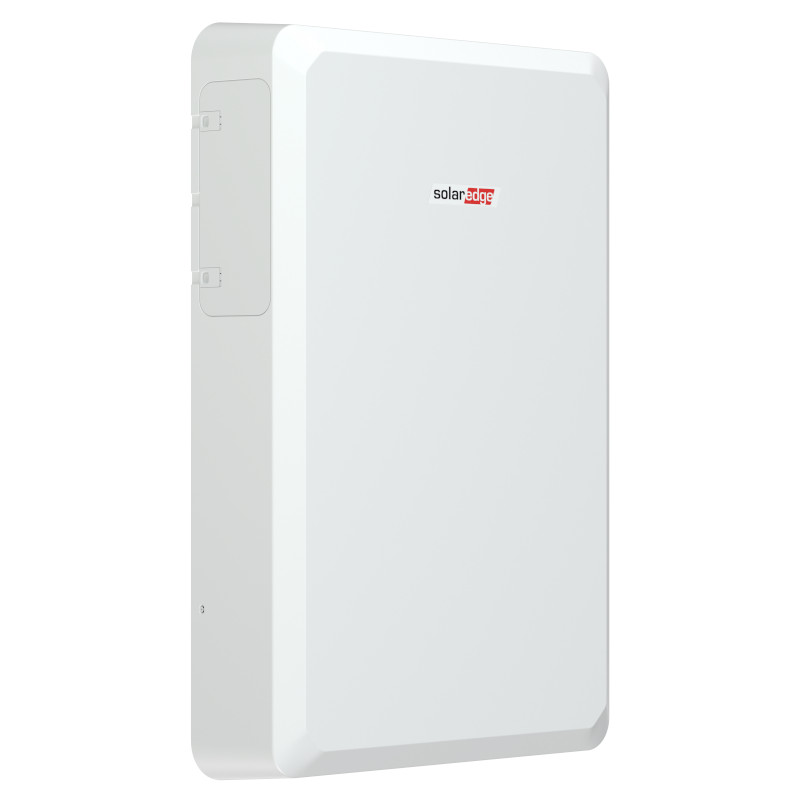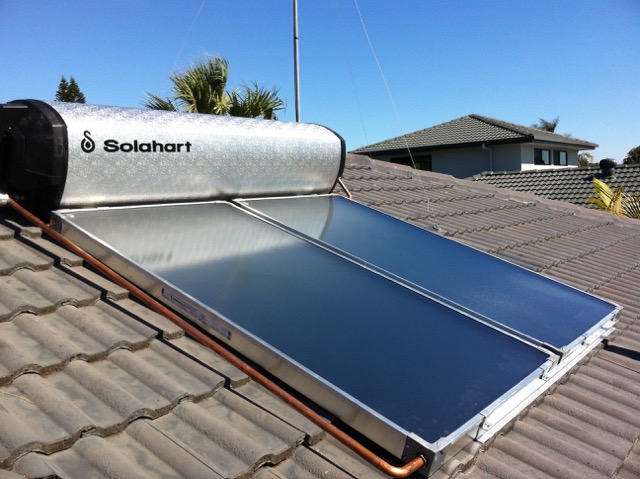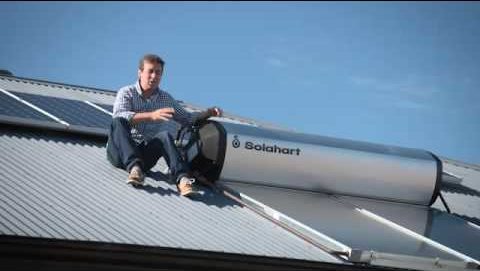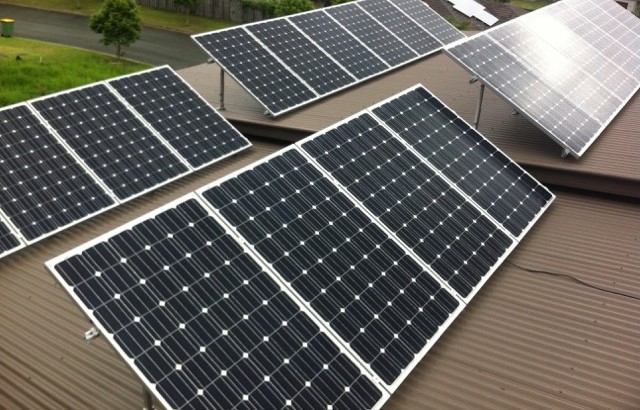The efficiency of solar panels is measured under strict scientific testing conditions and it’s a measure of the amount of sunlight that falls on the surface of a solar panel which is converted to electricity.
The first solar panel was manufactured by Bell Laboratories in 1954 and since then the technology has been evolving rapidly.
The installation of solar panels is complicated but the maintenance costs are relatively low but the efficiency of solar panels is maximised if they’re kept free of dust and debris.
Initially, in the first phase, there were two types of solar panels
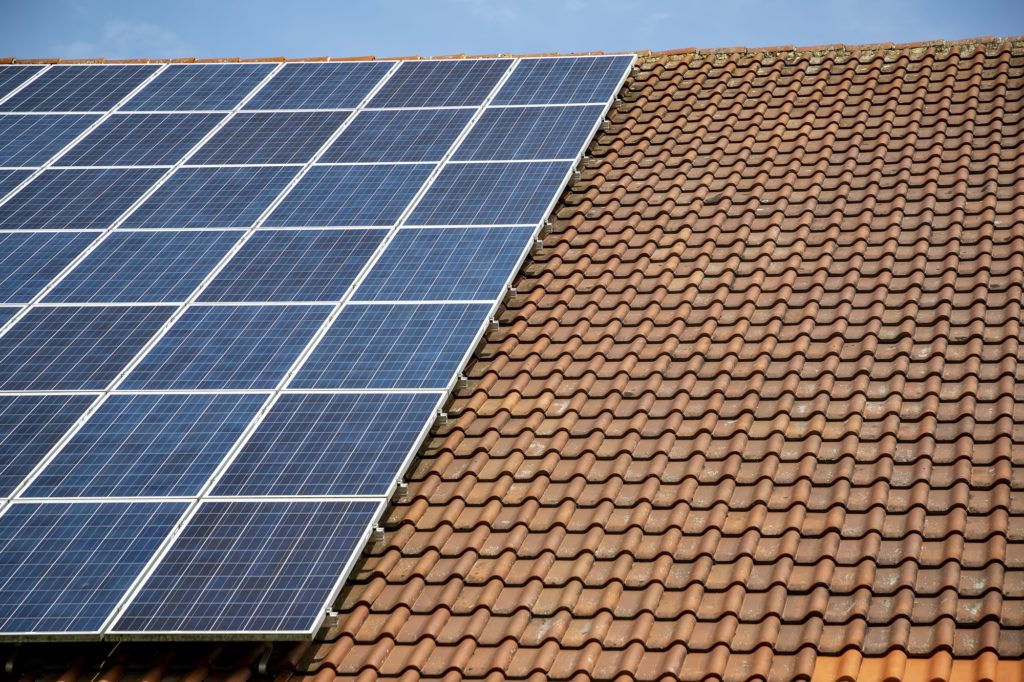
Monocrystalline panels
Also known as single-crystalline cells.
These panels are made of the purest silicon.
The silicon is grown into long rods and then cut into slivers to be installed in the panels.
These solar panels are recognisable because of their rounded edges and dark colour. Their efficiency is between 22% and 27%.
Polycrystalline panels
Also known as multicrystalline cells are less efficient than monocrystalline ones.
In this case, silicon is grown as a block of crystals and not a single cell.
These blocks are then cut into wafers to produce individual solar cells.
These are distinguished by their blue speckled colour and square shape.
Their efficiency is between 15% and 22%.
The second generation of the solar panels included:
Thin Film Solar Panels
These panels are made by covering a substratum of glass, metal, or plastic with thin layers of photovoltaic material.
These panels are light and flexible but degrade faster than the crystal panels.
“With 15% to 22% efficiency these are used in large scale solar projects.”
Amorphous Silicon Solar Cells
These solar panels use triple layer technology and are used in pocket calculators.
The third-generation solar panels are…
Biohybrid Solar Cell
Although still in its research stage, the idea behind this type of solar panel is to emulate the natural process of photosynthesis, i.e. to convert chemical energy to electrical energy.
Cadmium Telluride Solar Cells
Photovoltaic technology is used in the manufacture of these cells. While they keep the carbon footprint low, it is toxic if inhaled or ingested.
Concentrated PV Cells
The same photovoltaic system is used in the manufacturing process.
It uses curved mirror surfaces and lenses and has a solar tracker embedded that allows the solar panel to follow the sun.
Its efficiency is up to 41%, the highest among all the different types of solar panels.
100% Efficient Solar Panels
The researchers at the National Renewable Energy Lab in the United States have developed the first solar cell with an efficiency of 100%.
Conclusion
Solar energy is a great source of renewable energy, and today there is tremendous competition in the research and development of solar panels.
This will result in not only more efficient solar systems but also a drop in prices at time goes on.
If you’re trying to decide on the best solar panels to install, talk to our team of Gold Coast solar power experts.

